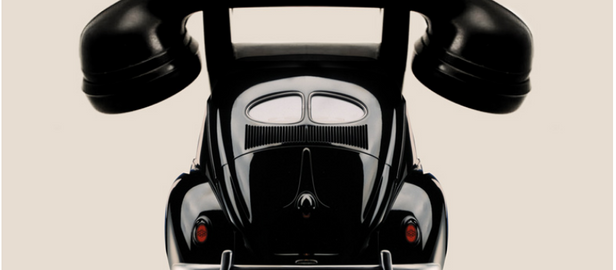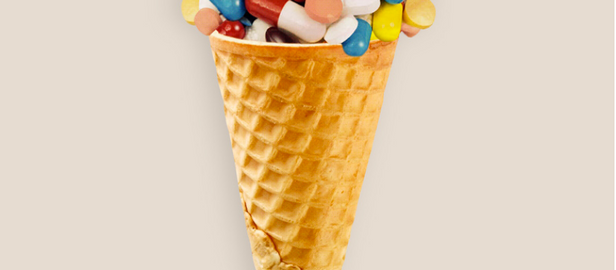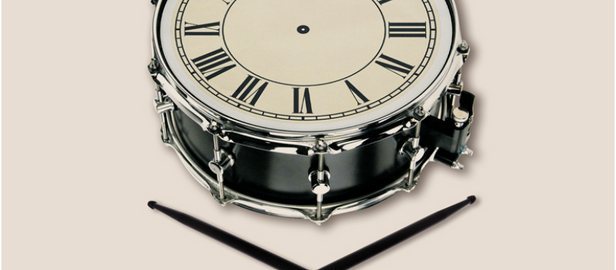
Le cabinet des incongruités
de Pablo García
Curators: Jorge Cañete and Alejandro Sáenz de Miera Guerrero

Artworks:
Size : A3 format (unframed)
Digital printing on paper Hahnemühle, Photo Rag, 308gsm, 100% cotton
5 editions of each work
Numbered and signed by the artist
A copy is available at the INTERIOR DESIGN PHILOSOPHY studio if you wish to come and see it.
For more information on availability and prices (artwork are sold unframed, framed on request):
Photo gallery of the available artworks (38 artworks):
Pablo Gaga, Pablo García García García García or Pablo Jeje, born in León in 1975, are some of the identifications that this important artist usually uses, as explicit and delimiting references to his various artistic projections in the public sphere. He is a multifaceted creator who has maintained an intense and fruitful activity since graduating in Design and Audiovisual in 2000 from the Faculty of Fine Arts in Salamanca. It has a wide trajectory in which we can highlight some samples made in the Cubo Azul gallery, the Fúcares gallery, DA2 of Salamanca and several collective calls in ARCO 06 and ARCO 08, in the Centro Leonés de Arte (ILC) or the MUSAC among others. His creations are present in various collections and have been analysed by eminent personalities of contemporary art, including professor and curator Javier Hernando Carrasco, the critic of País Alberto Martín and the cultural analyst ABC Francisco Carpio.
The Collage series feeds and shapes the content of this publication and the exhibition presented at the Centro Leonés de Arte ILC, which consists of a set of one hundred pieces. The series takes as its starting point Pablo García's interest in a collective project conceived in 2014 in Madrid between three collagists and subsequently developed by multiple artists of national and international level, focused on the recovery of the traditional and purist technique of classical photographic collage, a proposal in which the members of the collective were required to make one collage per day: The Counted Days.
Pablo García García García is a creator from the field of new technologies applied to plastic creation, design and image, and therefore the virtual world, and suddenly his interest led him to immerse himself in a totally unknown but deeply interesting territory, which subjected him and transferred him to historical-artistic moments of the 1920s and 1930s (in Spain Josep Renau or Nicolás Lekuona) by reentering partly in the field of photographic collage but with the current technological tools. The research space for images and photographic material for the formulation of his research will focus not on the printed territory but on the vast and heterogeneous world of the media and the informative iconosphere, a huge database, available on networks and easily and immediately accessible that extends the origin of archives and documents to global dimensions; as well as the processing of images by computer instead of those produced by hand.
Pablo García's choice of images is meticulous and subtle, a question that raises or approaches the idea of appropriationism (since the images have been captured, created or created by other photographers, designers or artists) as an essential part of his work, just as it happens in that of many current creators such as Rogelio López Cuenca, the collective Mundo Feliz and Pablo Genovés. Although this has had to be qualified since the 1980s, it refers specifically to copying or quoting another artist's work to generate a new creation, more or less modified from the original. Pablo, from the selection of images, uses the articulation of different and even opposite components, fusion, manipulation, processing and simulation, which will be essential keys in a very substantial part of his work as it happens in other series of its kind: Desideratum, Los Hijos que no tuvimos or Bloody Mary, with the exception of some purely documentary works, resulting from photographic photography and unmanipulated archives, such as Crack, which incorporates an intense critical sense of the current economic situation in León, or the Memento Mori series, which proposes a nostalgic approach and the memory of the past and the ephemeral meaning of human and cultural life.
The works show a uniform composition using a very centralized and balanced structure, of exquisite simplicity, cleanliness and austerity. Two, three or four compositional elements at most, chosen and articulated or combined with each other, arranged on a neutral, homogeneous and whitish background, identical for all the artworks, make the whole project a clear, coherent and perfect reading unit, filled with intense and evocative multidirectional suggestions.
A powerful, striking, direct and minimal plastic and conceptual formulation that leaves us perplexed and overwhelmed by the visual force of the image reformulated by means of a kind of surrealist and magical mechanism, which to some extent evokes the great master of photographic surrealism or fantastic realism Jorge Rueda, a fundamental engine of the changes produced in Spanish photography in the 1980s.
Pablo with some images provokes in us astonishment for the unreal and monstrous, but credible and close propositions and at the same time for the wonderful charge of his images, which with ironic and refined control opposes antagonistic symbolic realities. The lively and intelligent criticism slips with extreme delicacy and finesse between the playful and imaginative play of some of his works, imbuing his work with a biting, sarcastic and satirical sense of society in fields such as politics, history, religion, design culture or uses.
On the other hand, his compositions have a lively and profound playful and poetic charge, which links him in a way to Joan Brossa's visual poetry. There is also a certain proximity in the strangeness of the objects that Pablo raises in relation to Chema Madoz's poetic language, although the latter generates his creations with scenographic plans using models and thus in a real way, unlike Pablo who uses the virtual language.
The image is essential in this creative proposal, but the concept, the idea, which is faithfully transcribed in the text or title of each piece, is nevertheless a structural element that becomes essential in the conceptual articulation and understanding of the artwork.
Freely inspired and translated from the original text in Castilian by

























